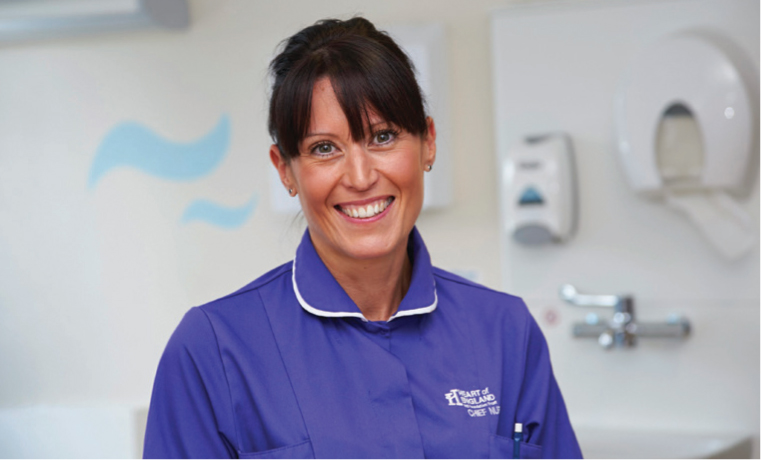
If I were to say the words ‘health and safety’ to a nurse they would most likely conjure up a vision of a clipboard-holding individual wearing a fluorescent jacket, possibly in a hard hat, standing on a building site seeking assurances. We might, as nurses, take our thoughts further, and start to think about areas such as COSHH (Control of Substances Hazardous to Health) assessments for the store cupboards that we typically have on our wards and departments. Rarely do I think we see our nursing roles, particularly those of us in leadership roles, as having a significant impact on health and safety.
This year, when one of my board colleagues left I was asked by my chief executive to temporarily take the lead on health and safety. I must admit, I was quite daunted—although I knew that we had a great health and safety team, it wasn't too long before colleagues were reminding me of the Corporate Manslaughter and Corporate Homicide Act 2007, which provides a statutory offence of corporate manslaughter if it is found that senior managers organise or manage an organisation's activities in any way that:
Last year Southern Health NHS Foundation Trust was fined £2 million after a series of ‘management failings’ led to the deaths of two vulnerable patients at different facilities owned by the Trust (Health and
Safety Executive (HSE), 2018). If you read more about these two cases they relate to the absence of basic risk assessments and care planning to mitigate risks. In a statement about the death of Connor Sparrowhawk, one of their patients, the interim chief executive of Southern Health said:
‘Connors' death whilst under our care was entirely preventable, and today we have pleaded guilty to the charges brought against the Trust by the HSE, Connor's loss continues to have a devastating impact on his family and we are truly sorry that we did not keep him safe.’
My learning over the last few months has taught me that it is not simply the fear of legal action that should drive us to do the right thing when it comes to health and safety. It is the moral and humanitarian requirements that should be the primary driver for delivery of safe and healthy care to our patients and staff, in addition to the cost in financial terms and of course reputational cost when things go wrong, as they did for Southern Health.
The Health and Safety at Work Act 1974 (section 2) requires every employer to ensure, so far as is reasonably practicable, the health, safety and welfare at work of all of his employers. The HSE (2014) also provides a very useful five-step guide:
In the main—for most NHS organisations, that is—there will be a corporate framework for us to apply. However, having reflected on this, I strongly feel that the application of health and safety has such a significant overlap with patient safety that we have a real opportunity to bring a ‘patient safety’ approach to it and indeed to strengthen our leadership as nurses to improve the application in the clinical setting of the health and safety regulations.
At my Trust health and safety committee this month, we discussed key areas that require strong ward-to-board leadership from nursing to ensure that we have undertaken the five-step approach to responding to these risks. They include areas such as:
So, although there are what we might have seen as ‘traditional health and safety’ requirements—such as buildings and water supplies—there is a large portfolio where I would argue we are more vulnerable when it comes to the systematic assurance. Without a doubt, this requires clinical leadership.
The Royal College of Nursing (RCN) has produced guidance around health and safety concerns and cites a number of key areas and guidance on undertaking risk assessment and managing these risks.
In discussion with our senior nursing team we have proposed that the board-level responsibility for health and safety stays with the Chief Nurse portfolio, and that we as senior nurses work closely with our health and safety expert team to ensure that the application of health and safety in the clinical setting meets all statutory requirements and supports the health and safety of our staff, patients and visitors.

